Generally speaking, I discourage clients from writing scripts for their presentations and pitches. There are several reasons for this.
First, it’s rare that a memorized speech comes off naturally. You can often tell if someone is delivering a speech they’ve committed to memory. It doesn’t sound like natural, spoken language. Instead, it sounds like you’re reciting, not speaking.
Most people have no training in writing for spoken word. They use words that no one would naturally say. They use complicated sentence structure that may look good on a page but become hard-to-follow tongue twisters.
This does not mean that you should ‘wing it’ when delivering a presentation. You should know exactly what key points you want to emphasize and what examples or data you will use to support those points.
So what’s the difference between memorizing a script and knowing your presentation cold? Knowing it cold means that you have crafted the key messages in a particular, logical sequence that you have practiced so often you could do it backwards.
Say what you mean
Before you write down a single word, first say what you want to say — in your own naturally spoken words. Start with the key point or takeaway on each slide. Then add the detail to support the main idea.
What is the one thing you want your audience to understand about each slide?
Say it aloud. Don’t rely on the pitch perfect narrator in your head, or the mumble under your breath. This will help you to articulate and focus your ideas.
Apply the Cocktail Party Test
Ask yourself, “Is this how I would describe it at a cocktail party?” In other words, do real people talk like that? Don’t twist yourself into linguistic gymnastics just to impress an audience. It’s better to sound authentic and real.
The litmus test: “Do real people talk like that?”
Write What You Said
Too often, people write the script, then speak it aloud. I recommend you do this in reverse. Once you say the words out loud and it sounds good, then write it down. The benefit is two-fold. First, you will sound more natural and second, it will be easier to say because it’s in your own words.
Tie It Together With Transitions
Your presentation is not just a series of slides. It should all tie together into a cohesive, logical narrative. Once you have defined the key idea and the supporting ‘script’ for each slide, then you can go back and ‘script’ the transitions between slides.
What are the phrases you will use to weave this collection of slides into a story that flows?
The secret to being a compelling and convincing presenter is that you sound natural, like you are just talking to the audience. No one wants to hear a memorized, stilted speech. They want to hear a good story.

